Yumi Iwashita
Fast LiDAR Data Generation with Rectified Flows
Dec 03, 2024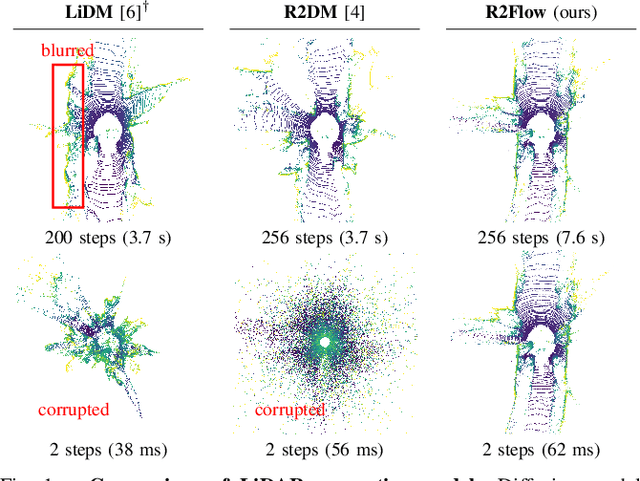



Abstract:Building LiDAR generative models holds promise as powerful data priors for restoration, scene manipulation, and scalable simulation in autonomous mobile robots. In recent years, approaches using diffusion models have emerged, significantly improving training stability and generation quality. Despite the success of diffusion models, generating high-quality samples requires numerous iterations of running neural networks, and the increasing computational cost can pose a barrier to robotics applications. To address this challenge, this paper presents R2Flow, a fast and high-fidelity generative model for LiDAR data. Our method is based on rectified flows that learn straight trajectories, simulating data generation with much fewer sampling steps against diffusion models. We also propose a efficient Transformer-based model architecture for processing the image representation of LiDAR range and reflectance measurements. Our experiments on the unconditional generation of the KITTI-360 dataset demonstrate the effectiveness of our approach in terms of both efficiency and quality.
Gait Sequence Upsampling using Diffusion Models for single LiDAR sensors
Oct 11, 2024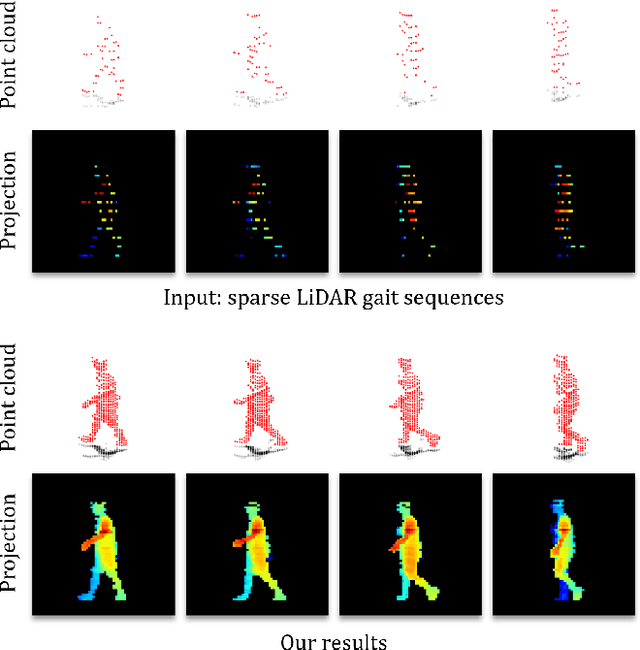


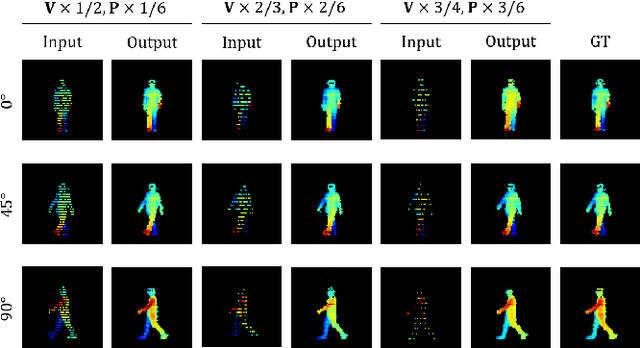
Abstract:Recently, 3D LiDAR has emerged as a promising technique in the field of gait-based person identification, serving as an alternative to traditional RGB cameras, due to its robustness under varying lighting conditions and its ability to capture 3D geometric information. However, long capture distances or the use of low-cost LiDAR sensors often result in sparse human point clouds, leading to a decline in identification performance. To address these challenges, we propose a sparse-to-dense upsampling model for pedestrian point clouds in LiDAR-based gait recognition, named LidarGSU, which is designed to improve the generalization capability of existing identification models. Our method utilizes diffusion probabilistic models (DPMs), which have shown high fidelity in generative tasks such as image completion. In this work, we leverage DPMs on sparse sequential pedestrian point clouds as conditional masks in a video-to-video translation approach, applied in an inpainting manner. We conducted extensive experiments on the SUSTeck1K dataset to evaluate the generative quality and recognition performance of the proposed method. Furthermore, we demonstrate the applicability of our upsampling model using a real-world dataset, captured with a low-resolution sensor across varying measurement distances.
Stress Propagation in Human-Robot Teams Based on Computational Logic Model
Nov 08, 2022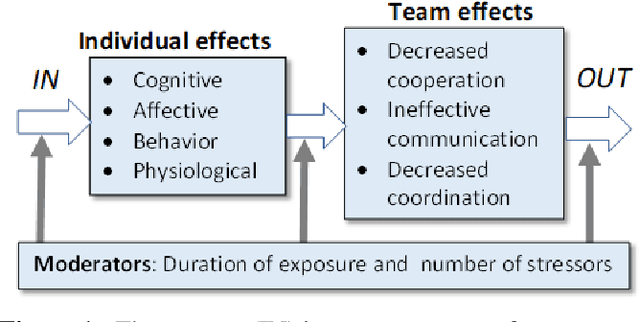
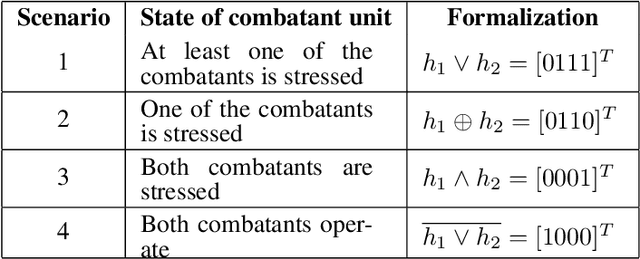
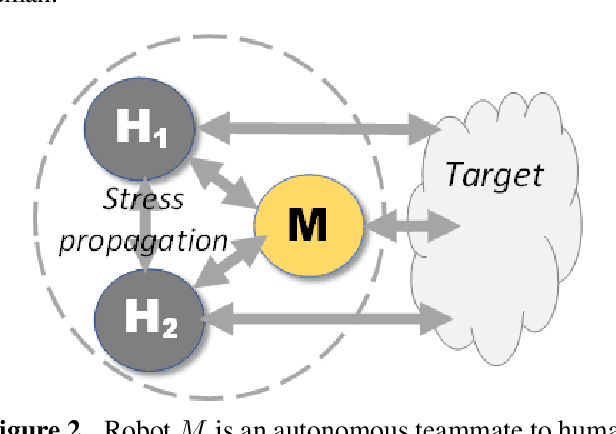
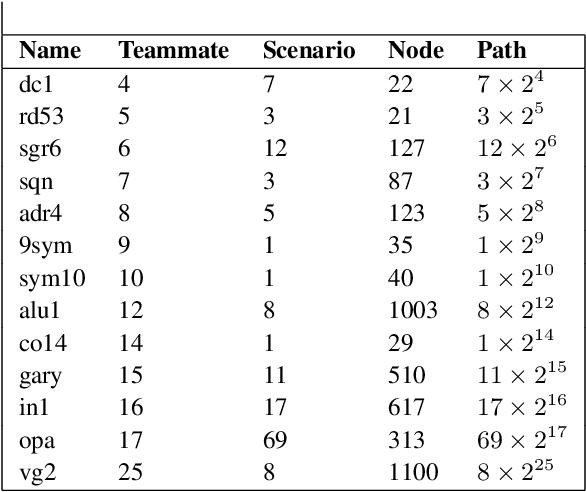
Abstract:Mission teams are exposed to the emotional toll of life and death decisions. These are small groups of specially trained people supported by intelligent machines for dealing with stressful environments and scenarios. We developed a composite model for stress monitoring in such teams of human and autonomous machines. This modelling aims to identify the conditions that may contribute to mission failure. The proposed model is composed of three parts: 1) a computational logic part that statically describes the stress states of teammates; 2) a decision part that manifests the mission status at any time; 3) a stress propagation part based on standard Susceptible-Infected-Susceptible (SIS) paradigm. In contrast to the approaches such as agent-based, random-walk and game models, the proposed model combines various mechanisms to satisfy the conditions of stress propagation in small groups. Our core approach involves data structures such as decision tables and decision diagrams. These tools are adaptable to human-machine teaming as well.
Comprehensive Analysis of Time Series Forecasting Using Neural Networks
Jan 27, 2020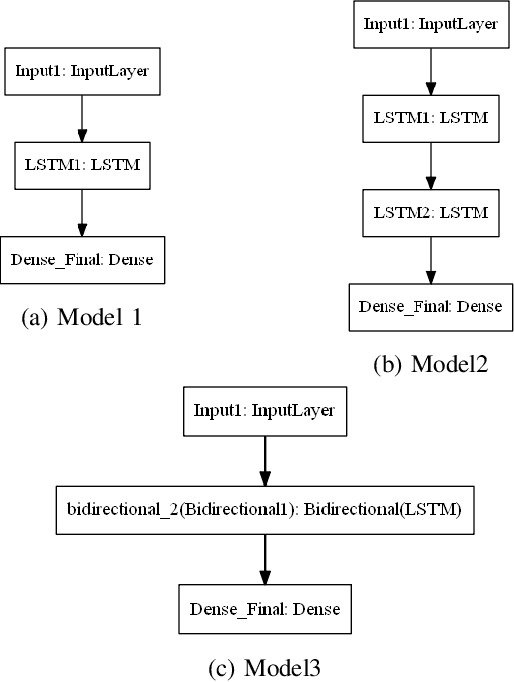
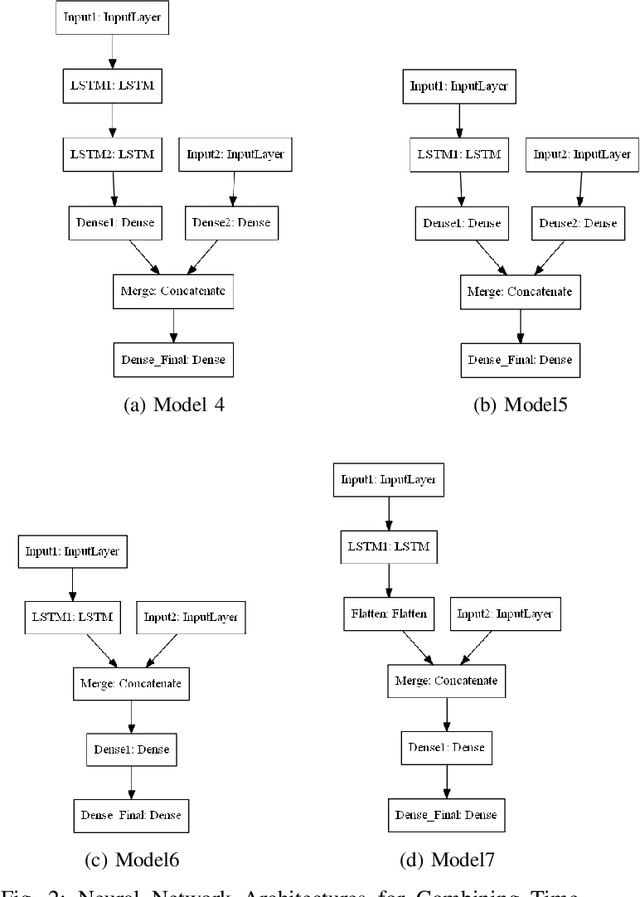
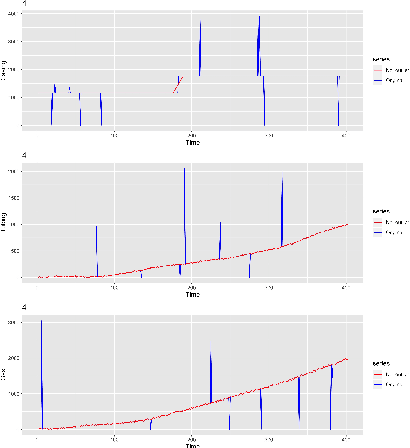

Abstract:Time series forecasting has gained lots of attention recently; this is because many real-world phenomena can be modeled as time series. The massive volume of data and recent advancements in the processing power of the computers enable researchers to develop more sophisticated machine learning algorithms such as neural networks to forecast the time series data. In this paper, we propose various neural network architectures to forecast the time series data using the dynamic measurements; moreover, we introduce various architectures on how to combine static and dynamic measurements for forecasting. We also investigate the importance of performing techniques such as anomaly detection and clustering on forecasting accuracy. Our results indicate that clustering can improve the overall prediction time as well as improve the forecasting performance of the neural network. Furthermore, we show that feature-based clustering can outperform the distance-based clustering in terms of speed and efficiency. Finally, our results indicate that adding more predictors to forecast the target variable will not necessarily improve the forecasting accuracy.
Single Sample Feature Importance: An Interpretable Algorithm for Low-Level Feature Analysis
Nov 27, 2019
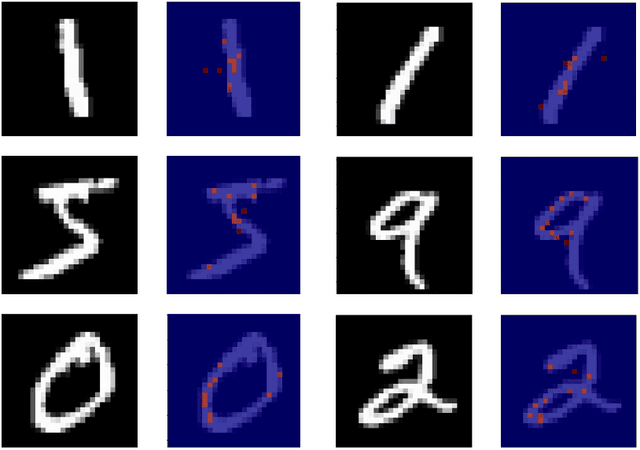

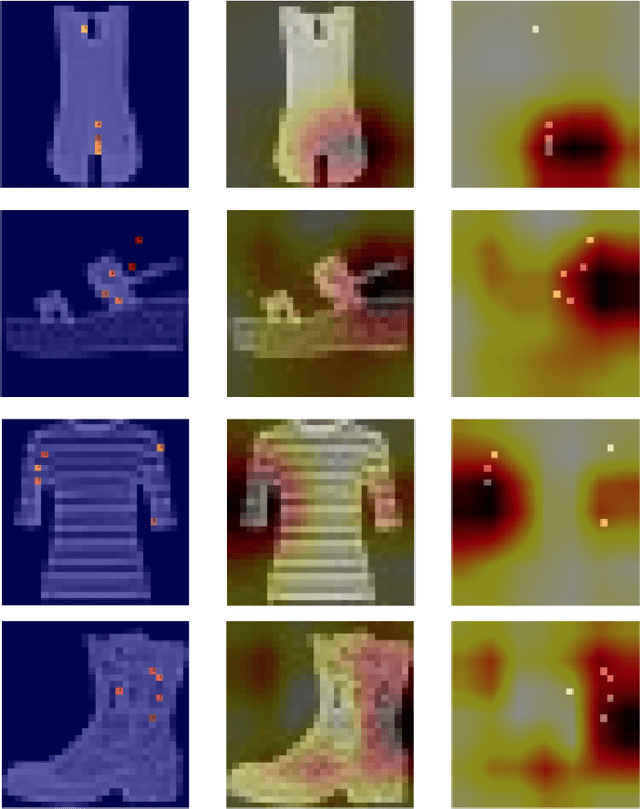
Abstract:Have you ever wondered how your feature space is impacting the prediction of a specific sample in your dataset? In this paper, we introduce Single Sample Feature Importance (SSFI), which is an interpretable feature importance algorithm that allows for the identification of the most important features that contribute to the prediction of a single sample. When a dataset can be learned by a Random Forest classifier or regressor, SSFI shows how the Random Forest's prediction path can be utilized for low-level feature importance calculation. SSFI results in a relative ranking of features, highlighting those with the greatest impact on a data point's prediction. We demonstrate these results both numerically and visually on four different datasets.
 Add to Chrome
Add to Chrome Add to Firefox
Add to Firefox Add to Edge
Add to Edge